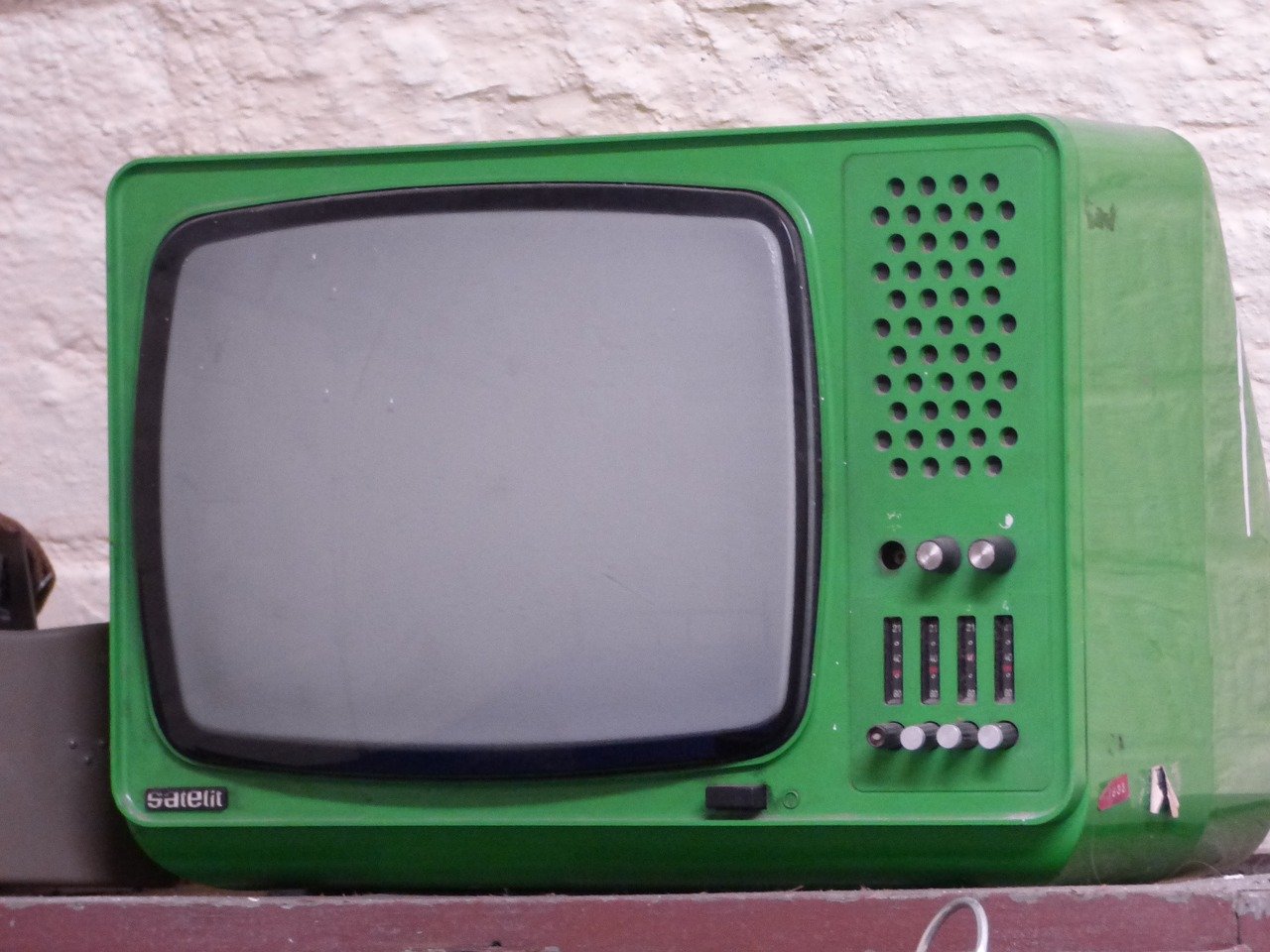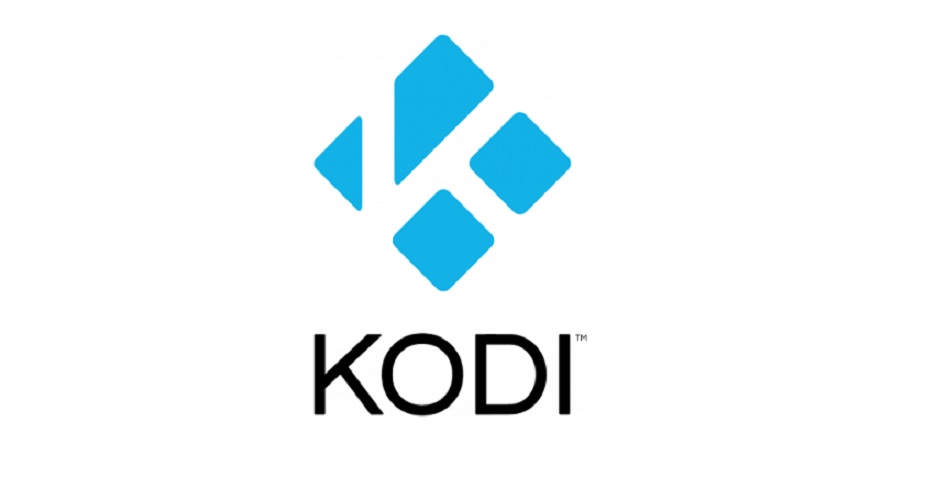For a video on the new PlayOn see or video review at the bottom of the story or click here. Well, the question “What is PlayOn?” now has a new answer. PlayOn started off a server based media delivery system that runs on a Windows computer and is accessed via apps for wireless devices and connected TV devices from set-top boxes to DLNA capable Blue-ray players. That is quite a mouthful. And it is not the only thing it did at the start. The server supported both internet video channels (pulling from legit network and service websites) and accessed networked content in much the same way Plex or Kodi does. As the service grew in popularity it added other capabilities like a

DVR that records internet streamed media called PlayLater and browser based extensions that essentially bookmarked content based on browsers and allowed users to access them via a service appropriately called PlayMark. Over all it was a great tool for both cord cutters and those who still had cable because it offered so many cable everywhere avenues before a number of mainstream devices did. This is not meant to be an obituary for PlayOn. It is merely it’s prologue. After over a year of exhaustive work analyzing the needs of current and even departing customers PlayOn is close to officially rolling out a breathtaking update that will change the way its customers interact with the software in a way that makes it more visually appealing and easy to operate.
What’s New?

So much that we should start by letting you know what is the same as before. PlayOn still requires a Windows PC to act as a central server, which is another way of saying you have to have a computer running to use its features. PlayOn still supports its official channels and third party plugins, which add even more functionality. The service also still supports DVR functionality (with Hopper like Add Skip) and all of the devices it always did. Finally PlayOn’s core settings menu still remains.
So then what IS New?
PlayOn has redesigned the user interface from the ground up. It has added an easy to navigate computer based user interface that allows users to watch internet content directly on their PC. PlayOn and the PlayLater DVR service are essentially melded into one interface that allows customers to record and access programming recorded from apps as well as web pages directly.
Current PlayOn customers and customers who only subscribe to Playlater will be able to add PlayOn and PlayOn customers without PlayLater will be able to add the recording option to their setup.

This means that users, while they can still use PlayOn in conjunction with a connected TV device or wireless device, are not required to do so. I compare it to the Plex Home Theater app employed by Plex which like PlayOn also requires a media server to access a number of its features. The Interface allows users to directly access PlayOn’s numerous Internet channels which include all of the major broadcast networks, cable channels and Internet based services like HBO Go, HBO Now, Netflix and the free version of Hulu. Users can also set up recordings and access the subscription section for the DVR functions to check on content they have or plan to record.
Casting from PC
PlayOn users can use their PC’s to cast recorded content, content from PlayOn Channels and Content from the web to Roku’s and Chromecast dongles. Users had previously been able to launch web videos on to Roku when using a browser and PC but the major innovation is the channel casting. Because users can interact with their channels on their PC’s they can easily cue up content and launch it instead of navigating apps. The greatest beneficiary of this might be Chromecast users who don’t have any on screen interface in the first place. The new interface will make the PC itself an easy place to launch and control content in addition to using mobile devices and apps.
What devices Work with PlayOn?
The Roku family of products, Apple TV (via AirPlay), Google TV products (yes that Google TV) Game systems the Nintendo Wii and Wii U, The Sony PlayStation 3 and 4, The Xbox 360 and Xbox 1, as

well as any device that can be made visible to your home network. This includes network connected Blu-ray players and other devices that use DLNA. Essentially if your computer can talk to it you can watch content on it.
HTPC Option
Would you like to use PlayOn directly on your television without another device? The new menu and interface lend themselves to use as a one stop front end solution should you choose to use it that way. After all, PlayOn is simply accessing information on the Internet or content stored on a computer. A powerful HTPC hooked directly to a television may prove to be a popular use of the software. A computer with a large hard drive or even multiple hard drives could serve as the storage for DVR recordings and its apps interface would allow users to easily navigate through popular services. The biggest pro on this type of setup is that you will be able to access video faster because it will not have to be transferred from the PC to a device. The struggle might be controlling the navigation. I would recommend an Air Mouse like the MINIX A2 Lite if you go this route.
Expanded App Lineup
PlayOn seems to look at the things consumers want and then provide a solution. When Netflix

would not make a Blackberry app PlayOn provided a solution. Want to add Netflix Kodi? Integrate PlayOn. While a number of the channels that can be accessed through the program might be found on a Roku other devices like Blu-ray players often offer far less. Roku even with over 2000 channels (as of the publishing date of this article) HBO Now is not an option for Roku users. But with PlayOn Roku users can easily watch HBO Now on their device. There is also an array of 3rd party plugins that can be added to the lineup giving users access to a mountain of content from clever developers. There are even ways for users to make their own PlayOn channels. The service is a very nimble offering that allows cord cutters as well as cable subscribers to get more out of the services they pay for by adding more intuitive ways to access web based content.




